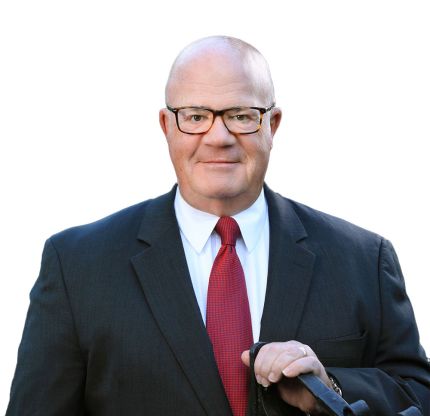
How To Stop Customers From Fixating on Price Part 3
Part 3 Willfully Overpricing to Stimulate Curiosity
Last week we discussed the commoditized customer and the second of 4 pricing strategies: “Using Price Structure to Clarify Your Advantage.” If you didn’t think I was certifiable last week there is a good chance you will be thinking about sending me for treatment this week. Please remember: our goal is to use these insights to begin to rethink funeral service’ pricing strategy.
According to the article from Harvard Business Review, from which these discussions originate, this week’s strategy has proven to be particularly effective for mature industries. Their examples range from coffee to high priced elevator systems.
In a price competitive mature market the logic behind willful overpricing seems counterintuitive. At the same time, I can well remember that our primary pricing strategy at the funeral home I managed was to be $100 higher than anyone else. This “strategy” is one I have often encountered as well as its evil twin: being $100 lower than anyone else.
According to research, customers don’t automatically dismiss the higher price model. Instead, a higher price often seems to motivate them to take a closer look. That closer look could (and should) reveal information they care about that works in your favor. (it bears repeating here that the point of all these strategies is to get consumers focused on value over price) Some of the things I can think of are quality (“your mother never leaves our care”) or reputation, or an unconditional guarantee, etc.
In one experiment products were priced at an 80% premium. Subjects were able to recall twice as much product information than the comparison products; this enabled them to cite more arguments in favor of buying the products. “The overpricing also evoked a more passionate response to the products which led to a willingness to pay much more than was originally intended. By contrast, people who were exposed to a premium close to their expectations (10%) or one that was outlandishly high (190%) simply acted according to their pretested inclination…” THIS IS IMPORTANT because most funeral homes in price competitive markets are only marginally higher than the lower priced firms. This research would tell us they are not enough higher to provoke the necessary attention to value.
The implication is that a price range exists above what customers thought they would pay that causes them to ask value questions. Willfull overpricing can reverse the downward “price cutting” trend common to mature products and services. Starbucks deliberately set a price point for a product that, at the time, most restaurants gave away. The price made people rethink the importance of coffee in their lives.
In another example Kone, the Finnish elevator company, used willful overpricing to introduce innovation. In the 1990’s the elevator industry had become very price competitive. In this highly commoditized market Kone introduced an innovation that the market (being entirely price focused) was unprepared to take into consideration.
In order to provoke consideration of their advantage, Kone began responding to RFP’s with two proposals: A normal proposal with old features and normal pricing and a much higher priced proposal for their innovative elevator system. It took a while but it caused buyers to talk about the new concept and even to call Kone for an explanation. The high price enabled them to have conversations about value with people who wanted to know why it was higher priced.
How could this work in funeral service?
Why not create two price lists: one that is price competitive but strips out all the liability and quality of service (in fact one that maybe highlights some of your competitor’s disadvantages without mentioning them by name) and another that highlights features, safeguards and other benefits that are included. For instance: Transfer of remains to the funeral home:
Normal: use of a 3rd party trade service at our convenience. We are not responsible for problems or errors $350
Full service: The deceased never leaves our care, two attendants and a Cadillac Funeral Coach within 2 hours of the first call. $650
I just made these up but maybe you can think of some better ones.
A last point of caution: the research suggested that if you use this strategy the overpricing should be 50-80% above what people expect. What price shoppers expect is generally a function of your competitor’s prices.
So, the next time someone says “your price is a lot higher than the others.” see it as an opportunity. The trick is not to focus on the value that YOU think is important but the value THEY think is important.
funeral pricing, funeral home management, funeral consulting, funeral price strategy, funeral price shoppers
Our Blogging Expert

Business Consultant / Owner
Popular Articles
